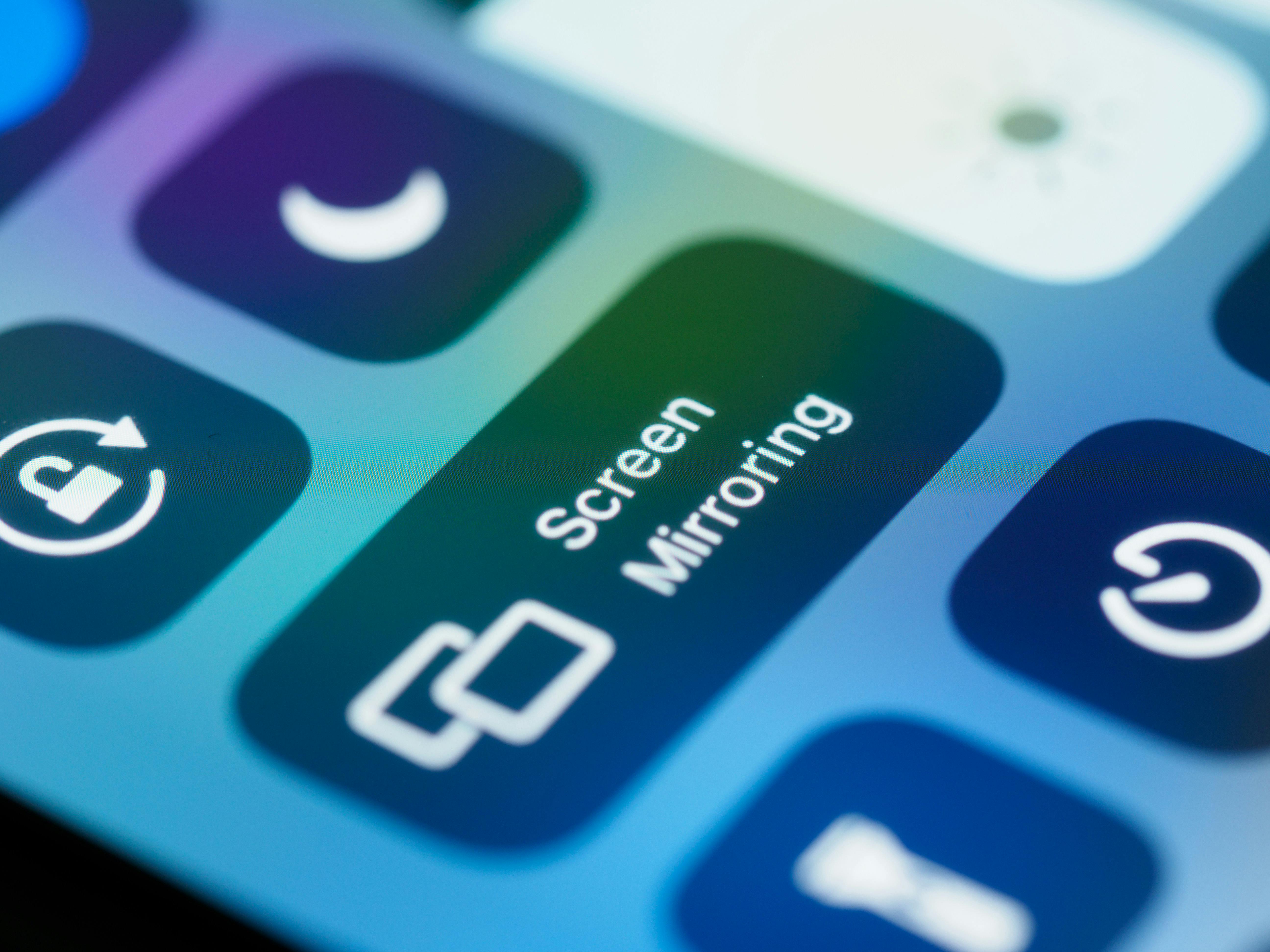
Screen mirroring is a handy feature that lets you display the screen of your phone or tablet onto a bigger screen like your TV. Whether you want to watch videos, play games, view photos, or use apps on a larger display, screen mirroring helps you get more out of your device.
It’s especially useful when you want to share content with others without everyone crowding around a small phone screen.
So, Why Would You Want to Screen Mirror?
There are lots of everyday situations where screen mirroring comes in handy. Here is a few:
- Watching streaming services from your phone on your tv
- Show holiday photos to the family
- Playing mobile games on a larger screen
- Listen to music on the TV
It’s an easy way to turn your small screen into something much more shareable and enjoyable.
What Devices Can You Mirror from and to?
You can mirror from:
- Mobile phones (iPhone or Android)
- Tablets (iPad or Android tablets)
And mirror to:
- Smart TVs (If compatible)
- Streaming devices (such as Google Chromecast, Amazon Fire Stick, Roku)
- Apple TV
- Compatible displays or monitors
Most modern devices support some form of screen mirroring, but the method may vary based on your device’s brand and model.
When Might You Need Additional Equipment?
Sometimes, screen mirroring won’t work unless you have extra hardware:
- Older or non-smart TVs: You’ll likely need a device such as a Chromecast, Amazon Fire Stick or Apple TV.
- iPhone to non-Apple TVs: If your tv doesn’t support AirPlay, you’ll need an Apple TV or a compatible smart TV.
- Android phones to older TVs: You may need a Chromecast if your TV doesn’t support casting or mirroring by default.
The setup usually takes only a few minutes, and once connected, mirroring becomes quick and easy.
Compatibility Is Not Always Guaranteed
It’s important to note that screen mirroring compatibility is not guaranteed across all devices. Different brands use different technologies, and some older models may not support mirroring at all. Even two devices from the same brand might not be fully compatible if one is an older version or lacks the necessary software features.
Before purchasing extra devices or attempting to mirror, it’s worth checking your phone or tablet’s settings and your TV’s specifications to make sure they can work together. Sometimes, third-party apps or adapters may help, but they don't always provide the same quality or reliability as built-in solutions.
Simple Troubleshooting Tips
If your screen mirroring isn’t working, try the following:
- Check Wi-Fi: Both devices usually need to be on the same Wi-Fi network.
- Restart both devices: A quick reboot can often fix minor connection issues.
- Update software: Make sure your phone/tablet and TV are running the latest software or firmware.
- Enable mirroring mode on the TV: Some TVs require you to switch to a mirroring or casting input first.
- Try another app or method: Some phones offer built-in casting, but others may need a third-party app.
- Use the correct feature: For example, use Airplay on iPhones or Google Cast on Android.
If all else fails, refer to the user manual for your TV or streaming device for specific instructions.
Final Thoughts
Screen mirroring is a brilliant way to make the most of your phone or tablet, especially when sharing content with others. While most modern devices support it in some form, compatibility isn’t always guaranteed so it’s worth doing some homework first.
With the right setup and a few troubleshooting tips, you’ll soon be enjoying your favourite content on the big screen with ease.